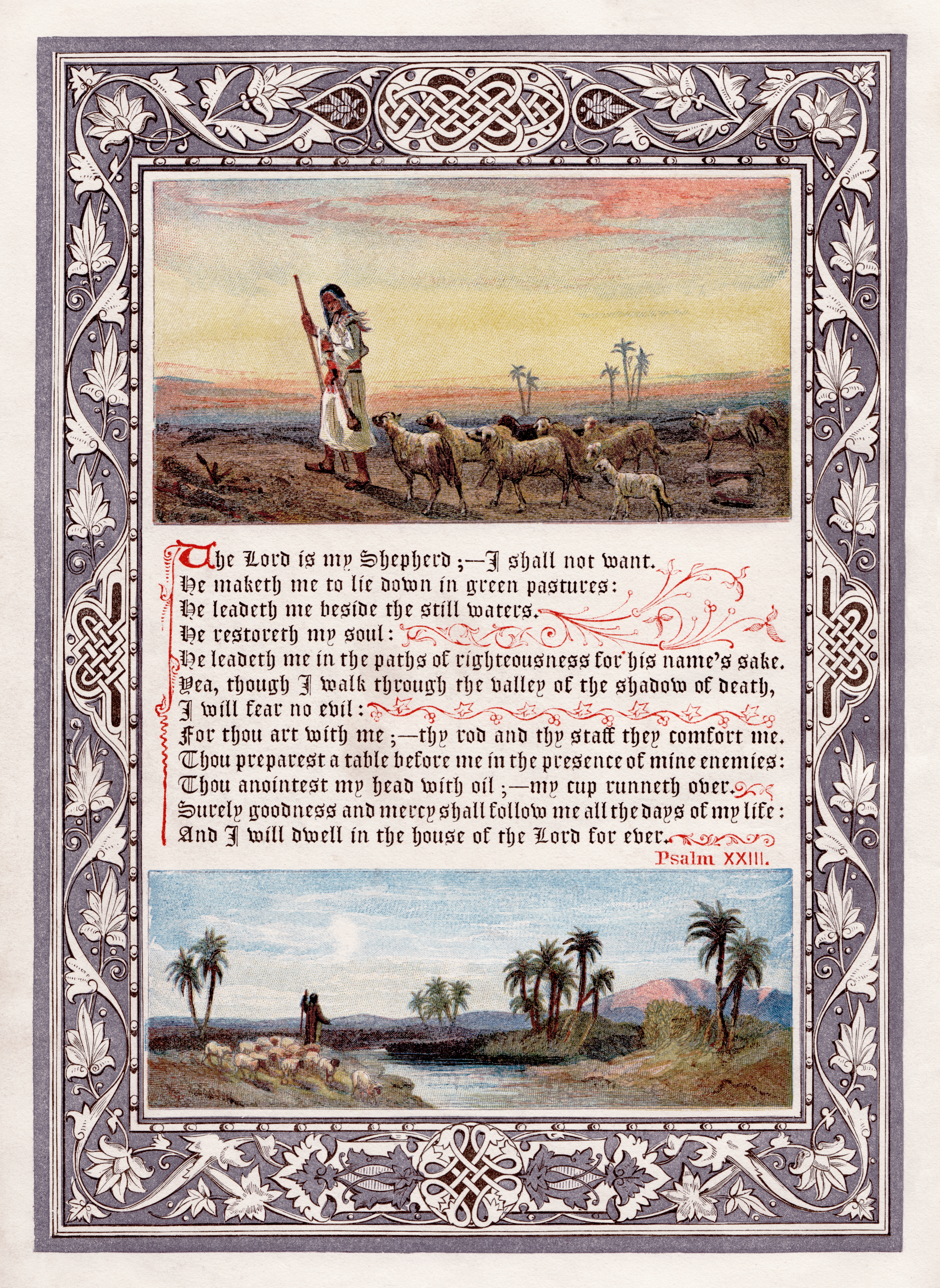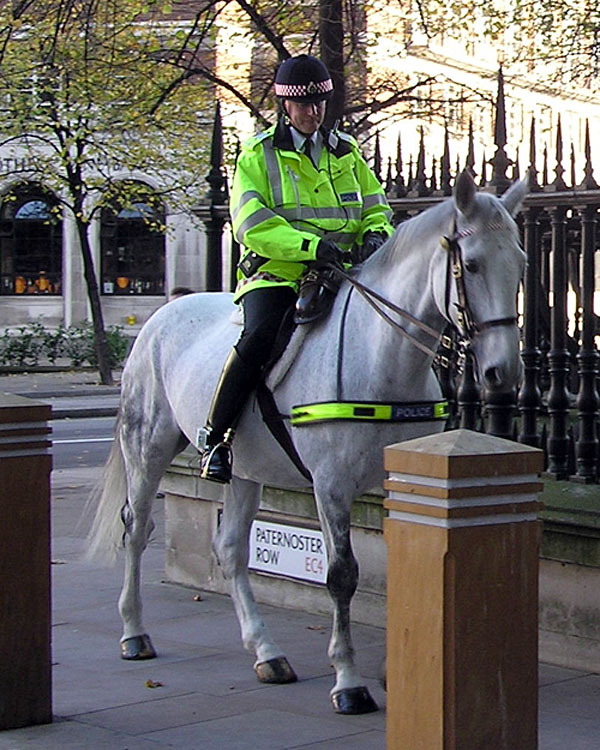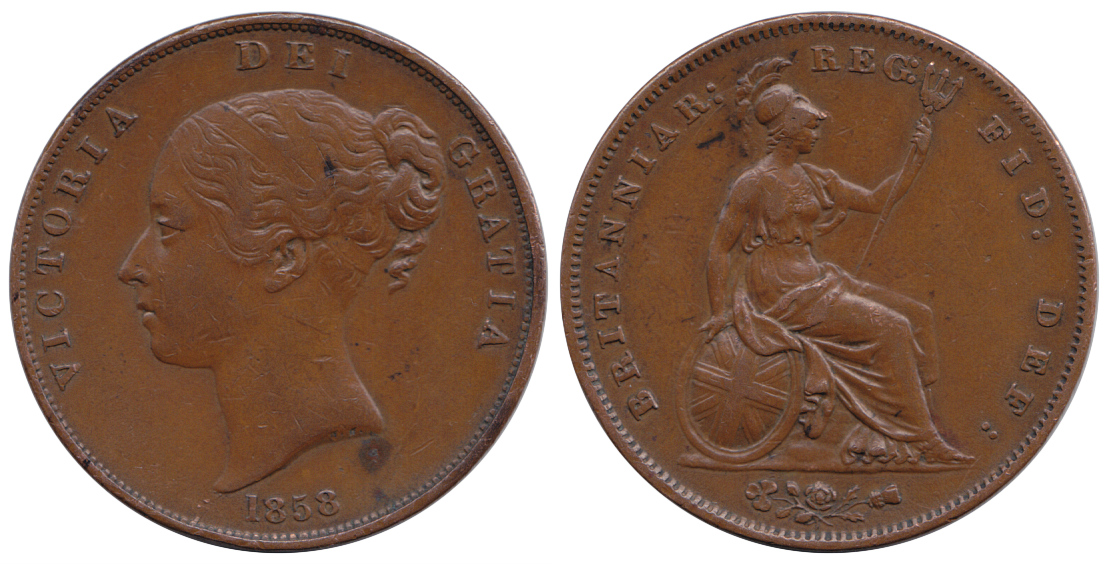|
The Religious Tract Society
The Religious Tract Society was a British evangelical Christian organization founded in 1799 and known for publishing a variety of popular religious and quasi-religious texts in the 19th century. The society engaged in charity as well as commercial enterprise, publishing books and periodicals for profit. Periodicals published by the RTS included '' Boy's Own Paper'', '' Girl's Own Paper'' and ''The Leisure Hour''. Formation and early history The idea for the society came from the Congregationalist minister George Burder, who raised the idea while meeting with the London Missionary Society (founded in 1795) in May 1799. It was formally established on 10 May 1799, having a treasurer, a secretary, and ten committee members, with members required to " ubscribehalf a guinea or upwards annually". Its initial membership was drawn from the London Missionary Society, and included: * David Bogue, Independent; *Robert Hawker, Anglican; * Joseph Hughes, Baptist; and *Joseph Reyner as trea ... [...More Info...] [...Related Items...] OR: [Wikipedia] [Google] [Baidu] |
Paternoster Row
Paternoster Row was a street in the City of London that was a centre of the London publishing trade, with booksellers operating from the street. Paternoster Row was described as "almost synonymous" with the book trade. It was part of an area called St Paul's Churchyard. The street was devastated by aerial bombardment during the World War II. In 2003 the street was replaced with Paternoster Square, the modern home of the London Stock Exchange, although a City of London Corporation road sign remains in the square near where Paternoster Row once stood. As far back as the 12th century, the road was known as Paternoster Row, as it was the main place in London where Paternoster beads were made by skilled craftsmen. The beads were popular with illiterate monks and friars at the time, who prayed 30 Paternoster prayers (Latin for "Our Father") three times a day as a substitute for the 150 psalms recited a day by literate monks. Name The street is supposed to have received its name from ... [...More Info...] [...Related Items...] OR: [Wikipedia] [Google] [Baidu] |
Penny (British Pre-decimal Coin)
The British pre-decimal penny was a denomination of sterling coinage worth of one pound or of one shilling. Its symbol was ''d'', from the Roman denarius. It was a continuation of the earlier English penny, and in Scotland it had the same monetary value as one pre-1707 Scottish shilling. The penny was originally minted in silver, but from the late 18th century it was minted in copper, and then after 1860 in bronze. The plural of "penny" is "pence" when referring to an amount of money, and "pennies" when referring to a number of coins. Thus 8''d'' is eight pence, but "eight pennies" means specifically eight individual penny coins. Before Decimal Day in 1971, sterling used the Carolingian monetary system (£sd), under which the largest unit was a pound (£) divisible into 20 shillings (s), each of 12 pence (d). The penny was withdrawn in 1971 due to decimalisation, and replaced (in effect) by the decimal half new penny, with p being worth 1.2''d''. History The kingdoms o ... [...More Info...] [...Related Items...] OR: [Wikipedia] [Google] [Baidu] |
History Of Christian Missions
This timeline of Christian missions chronicles the global expansion of Christianity through a listing of the most significant missionary outreach events. Apostolic Age Earliest dates must all be considered approximate * 33 – Great Commission of Jesus to go and make disciples of all nations;Barrett, p. 23 Pentecost, a day in which 3000 Jews from a variety of Mediterranean Basin nations are converted to faith in Jesus Christ. * 34 – In Gaza, Philip baptizes a convert, an Ethiopian who was already a Jewish proselyte. * 34 – Saul of Tarsus is converted, and becomes Paul. * 39 – Peter preaches to a Gentile audience in the house of Cornelius in Caesarea Maritima. * 42 – Mark goes to Alexandria in EgyptKane, p. 10 * 47 – Paul (formerly known as Saul of Tarsus) begins his first missionary journey to Western Anatolia, part of modern-day Turkey via Cyprus.Williston Walker, ''A History of the Christian Church'' 1959, p. 26 * 50 – Council of Jerusalem on admitting Gentil ... [...More Info...] [...Related Items...] OR: [Wikipedia] [Google] [Baidu] |


